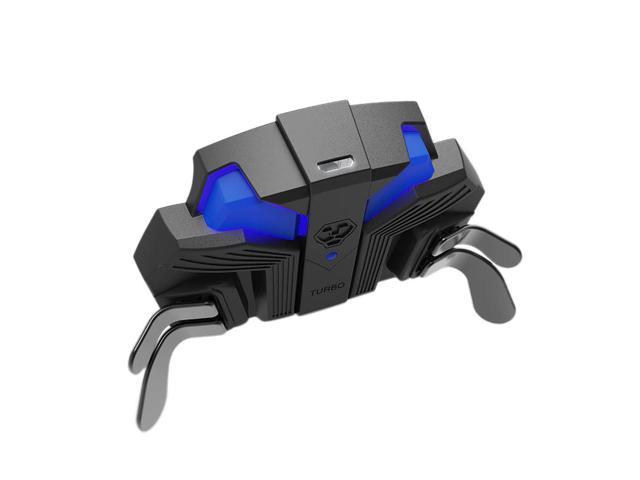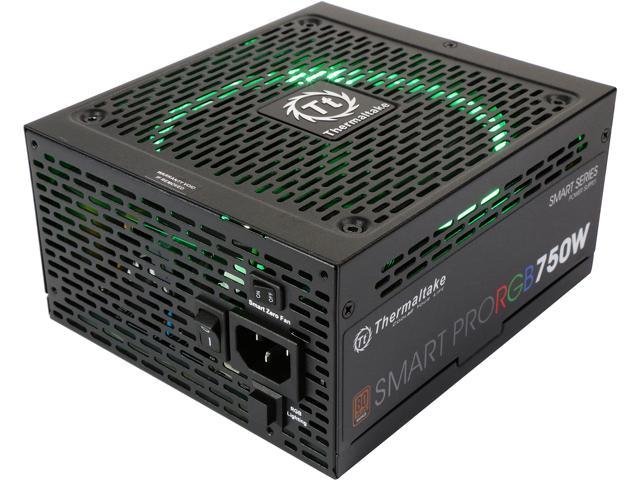Excerpt from Investigating the Remains of the U. S. S. Monitor: A Final Report on 1979 Site Testing in the Monitor National Marine Sanctuary
At the outbreak of hostilities the South literally had no navy. Aside from a relatively few ships that were captured in southern ports when the rebellion began, only a few privately owned vessels were found to be suitable for conversion to warships f’of any consequence. Without a navy and lacking the necessary industrial potential to keep pace with the North in constructing one, the South proved more receptive to the idea of constructing armored war steamers. Less than three months after the first shot had been fired into Fort Sumter on April 12, 1861, the Confederate States Navy began putting the first of these proposals into effect.
When the state of Virginia seceded from the Union, the Gosport Navy Yard near Norfolk, Virginia (figure fell into Confederate hands. Along with the extensive ship houses, lofts, mills, foundries, ships, and stores, the yard contained a sizable dry dock (still, Figure 1. In spite of extensive damage resulting from Union efforts to destroy vessels in the Gosport Navy Yard, the hull and machinery of the u.s.s. Merrimack were found to be suitable for conversion into an ironclad.
About the Publisher
Forgotten Books publishes hundreds of thousands of rare and classic books. Find more at www.forgottenbooks.com
This book is a reproduction of an important historical work. Forgotten Books uses state-of-the-art technology to digitally reconstruct the work, preserving the original format whilst repairing imperfections present in the aged copy. In rare cases, an imperfection in the original, such as a blemish or missing page, may be replicated in our edition. We do, however, repair the vast majority of imperfections successfully; any imperfections that remain are intentionally left to preserve the state of such historical works.















